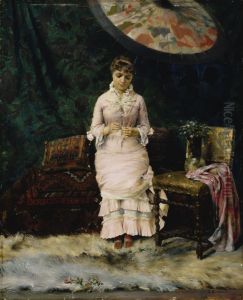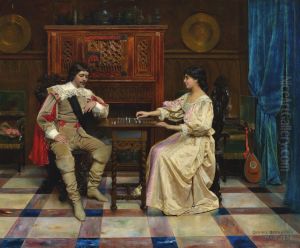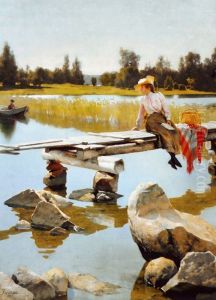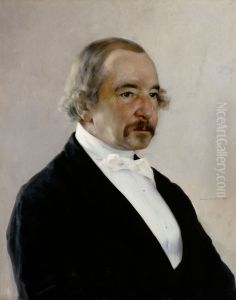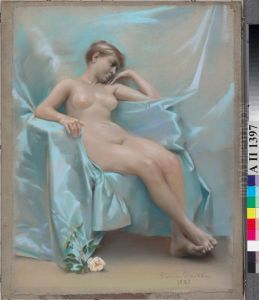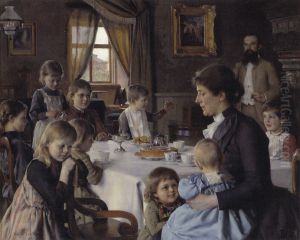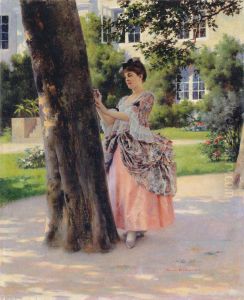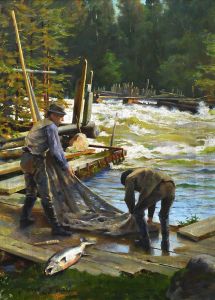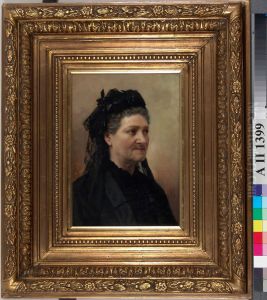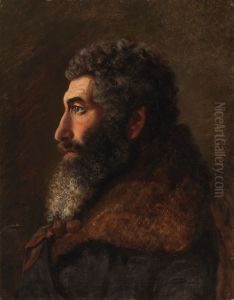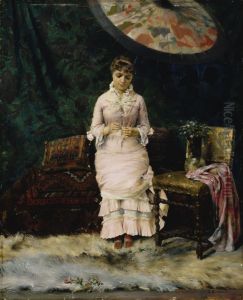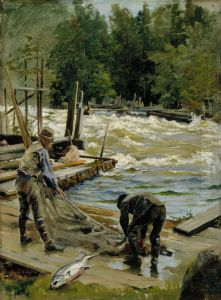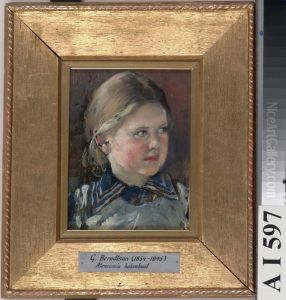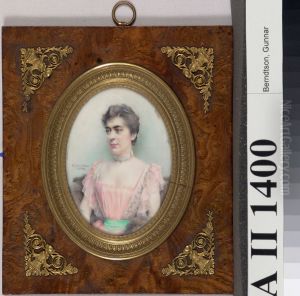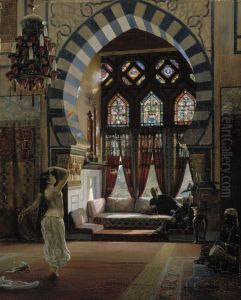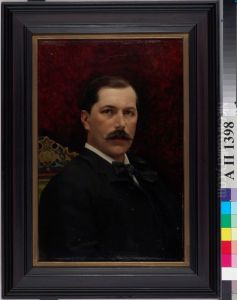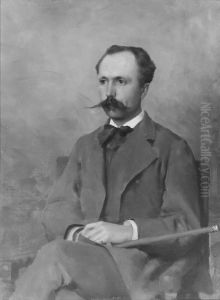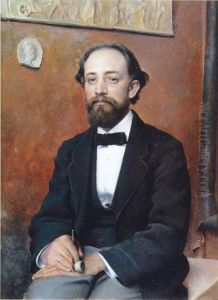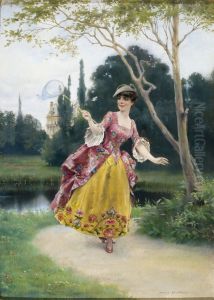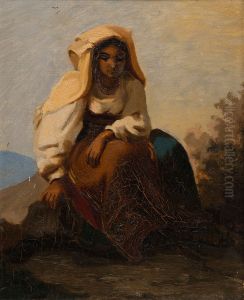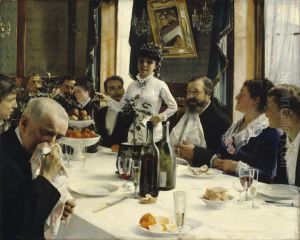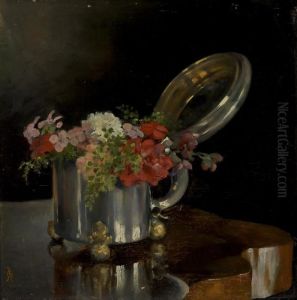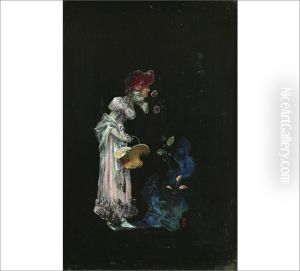Gunnar Berndtson Paintings
Gunnar Berndtson was a Finnish painter, born on August 4, 1854, in Helsinki, Finland. He was a prominent figure in the Finnish art scene during the 19th century, and his works are noted for their detailed realism and often for their depiction of the Finnish bourgeoisie and cultural life of the time. Berndtson's artistic journey began at the Finnish Art Society's drawing school, and he later continued his studies in Düsseldorf, Germany, and Paris, France, which were major art centers of the era.
During his time in Paris, Berndtson was greatly influenced by contemporary French painting, particularly the academic realism of the time. He was a student of Jean-Léon Gérôme, a renowned French painter and teacher, whose impact can be seen in Berndtson's precise technique and use of light. Berndtson became well-acquainted with the Parisian art scene, and this exposure helped him develop his style, which combined traditional academic painting with elements of naturalism, a style that was gaining popularity at the time.
Berndtson's works often featured portraits, genre scenes, and historical themes. His painting 'Porilaisten marssi' ('March of the Pori Regiment'), completed in 1882, is one of his most famous works and is considered a classic of Finnish historical painting. It depicts the soldiers of the Pori Regiment marching to the war of 1808–1809 against Russia. Berndtson was also known for his portraits of the Finnish elite, which display his skill in capturing the nuances of character and social status.
Despite his relatively short life, Berndtson had a significant impact on Finnish art. He was part of the cultural movement that aimed to define Finnish identity through art and culture during a time when Finland was striving for independence from Russia. Berndtson's work is characterized by a strong sense of national pride and a desire to express the spirit of the Finnish people through his art.
Tragically, Berndtson's career was cut short when he died at the age of 40 on April 10, 1895, in Helsinki. Although his life was brief, his work left a lasting legacy in Finnish art history, and he is remembered as one of the key figures of 19th-century Finnish painting. His works are held in high regard and can be found in major Finnish museums, including the Ateneum Art Museum in Helsinki, which houses a significant collection of Finnish art from the period.
